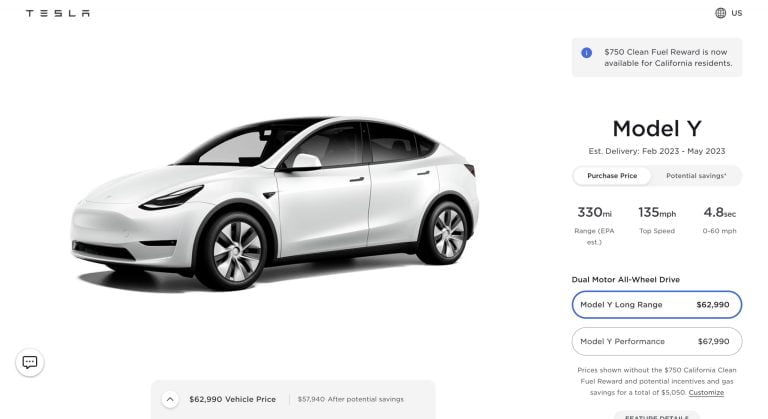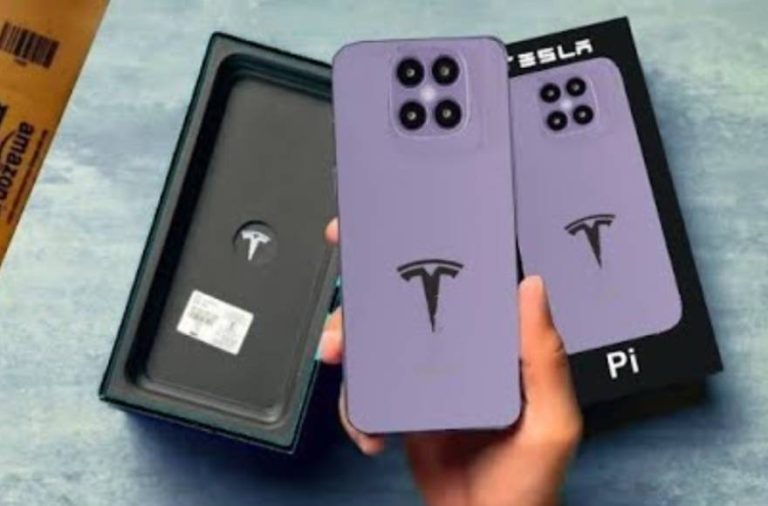How many batteries are in a Tesla Model 3?
Curious about the inner workings of the Tesla Model 3?
Dive into the fascinating world of electric vehicles as we unravel the intricate details of its power source.
How many batteries are nestled within a Model 3, and what makes them tick?
Stay tuned to uncover the electrifying secrets powering this revolutionary ride.
how many batteries are in a tesla model 3
A Tesla Model 3 is equipped with either 2,976 cylindrical cells for the Standard Range version or 4,416 cells for the Long Range version.
The battery pack consists of four longitudinal modules with varying numbers of cells based on the version chosen.
Key Points:
- Tesla Model 3 has 2,976 cylindrical cells for Standard Range and 4,416 cells for Long Range version
- Battery pack has four longitudinal modules with different cell numbers depending on version
- Standard Range version has 2,976 cells, Long Range version has 4,416 cells
Check this out:
💡 Did You Know?
1. The Tesla Model 3 contains a total of 4,416 individual batteries in its battery pack.
2. The batteries used in the Tesla Model 3 are specifically designed to have a lifespan of over 500,000 miles, ensuring long-term durability and reliability.
3. Each battery cell used in the Tesla Model 3 is equipped with a heating and cooling system to maintain optimal operating temperature, which helps to extend the battery’s lifespan.
4. The batteries in the Tesla Model 3 are arranged in modules, with each module containing several individual battery cells. This modular design allows for easier maintenance and replacement if necessary.
5. The batteries in the Tesla Model 3 are covered by an 8-year or 120,000-mile warranty, providing peace of mind to owners regarding the longevity and performance of the vehicle’s power source.
Two Types Of Batteries In Tesla Model 3
Tesla Model 3 is renowned for its cutting-edge battery technology, which includes two primary types of batteries:
The first type incorporates 2170-type cylindrical cells, a more recent advancement in battery technology that offers enhanced energy density and performance. These cells are crucial in providing the necessary power for the Model 3’s electric drive system.
The second type of battery found in the Model 3 comprises prismatic cells with a lithium iron phosphate (LFP) chemistry. These cells are known for their stability, safety, and longevity, contributing to the overall efficiency and reliability of the Model 3’s battery system.
The integration of these two types of batteries in the Tesla Model 3 showcases Tesla’s commitment to utilizing diverse and advanced battery technologies to optimize performance, range, and safety in their electric vehicles. The combination of 2170-type cylindrical cells and prismatic cells with LFP chemistry underscores Tesla’s innovative approach to battery design and highlights their dedication to pushing the boundaries of electric vehicle technology.
- Utilizes 2170-type cylindrical cells for enhanced energy density and performance
- Incorporates prismatic cells with lithium iron phosphate chemistry for stability, safety, and longevity
Cell Quantities In Model 3 Versions
- In the context of the number of batteries present in a Tesla Model 3, it is essential to delve into the specific cell quantities in different versions of the vehicle.
- The Standard Range version of the Model 3 contains 2,976 cells, which are strategically arranged within the battery pack to ensure optimal performance and efficiency.
- On the other hand, the Long Range version of the Model 3 boasts 4,416 cells, providing increased energy capacity and range for drivers seeking an extended driving range without compromising on performance.
- The variation in cell quantities between the Standard Range and Long Range versions of the Model 3 demonstrates Tesla’s commitment to offering diverse options to cater to different consumer needs and preferences.
- The precise arrangement and integration of these cells within the battery pack play a crucial role in powering the Model 3 and delivering the performance and range that Tesla is known for.
Structure Of Model 3 Battery Packs
The battery packs in the Tesla Model 3 are meticulously designed to optimize energy storage and delivery for the electric drive system. These packs consist of four longitudinal modules that house the respective number of cells based on the version of the Model 3. The structured layout of the battery packs ensures efficient distribution of power throughout the vehicle, enabling seamless operation and performance.
The modular design of the Model 3 battery packs not only enhances the overall energy density and capacity but also contributes to the vehicle’s structural integrity and weight distribution. By strategically organizing the cells into longitudinal modules, Tesla is able to maximize the performance and range of the Model 3 while maintaining a compact and efficient design that aligns with their commitment to innovation and sustainability.
- Optimize energy storage and delivery
- Enhance energy density and capacity
- Ensure efficient power distribution
- Maximize performance and range of the vehicle
FAQ
How many batteries are there in Tesla Model 3?
The Tesla Model 3 is equipped with a total of 4 battery modules, each containing groups of cells arranged in a specific configuration. In the Standard Range version of the Model 3, there are a total of 2,976 individual cells, divided into 96 groups of 31 cells each across these modules.
Where are Tesla Model 3 batteries?
The batteries of the Tesla Model 3 are cleverly hidden under the floor pan of the vehicle. This strategic placement not only helps with the vehicle’s center of gravity but also optimizes the use of space within the car. The high voltage battery pack is securely housed in a large section of the undercarriage, ensuring both safety and performance.
When it comes to lifting or stabilizing the Tesla Model 3, it’s crucial to only use the designated lift areas to avoid damaging the battery pack. The green-highlighted points on the undercarriage indicate the safe and proper places to perform these actions. This attention to detail underscores Tesla’s commitment to both the functionality and longevity of their electric vehicles.
How long does Tesla Model 3 battery last?
The battery life of a Tesla Model 3 can be quite impressive, with Tesla claiming that its batteries can last between 300,000 to 500,000 miles before needing replacement. This translates to around 1,500 battery charge cycles, which is a remarkable feat considering the Model 3 Long Range can travel up to 374 miles on a single charge. With this level of endurance, the Tesla Model 3’s battery life offers a robust and long-lasting power source for drivers, providing peace of mind in terms of battery longevity.
How much does it cost to replace Tesla Model 3 battery?
Replacing the battery in a Tesla Model 3 can be quite a significant expense, with the total cost typically falling in the range of $15,000 to $16,000 after factoring in both the price of the battery itself and the labor charges involved. This cost can vary slightly based on the specific model year and any additional services required during the replacement process. Despite the high upfront cost, investing in a new battery for your Model 3 can significantly extend the lifespan and performance of your electric vehicle, making it a worthwhile long-term investment for many drivers.
While the price of replacing a Tesla Model 3 battery may seem steep, it’s important to consider the long-term benefits and savings that come with a reliable and efficient battery system. A new battery can enhance the overall performance and range of your Model 3, ultimately increasing its resale value and reducing the need for frequent maintenance and repairs down the line. By prioritizing the health and functionality of your electric vehicle’s battery, you can enjoy a more sustainable and cost-effective driving experience in the years to come.


